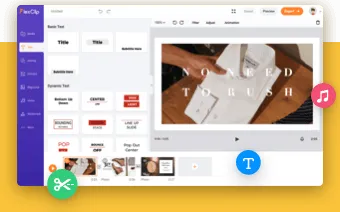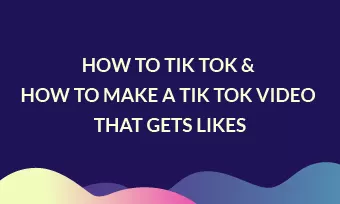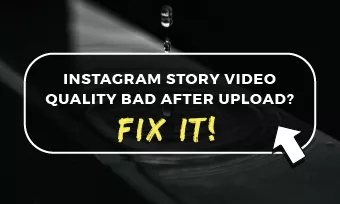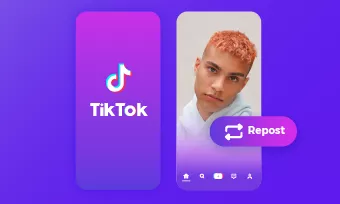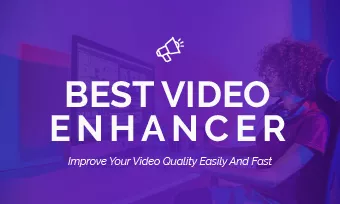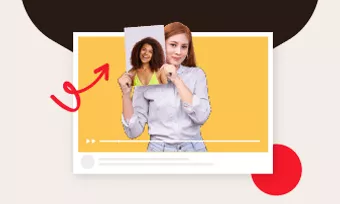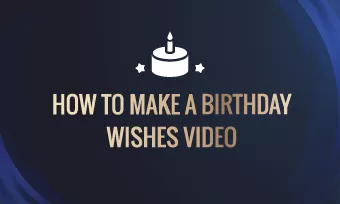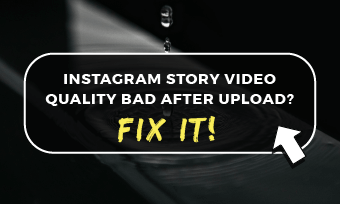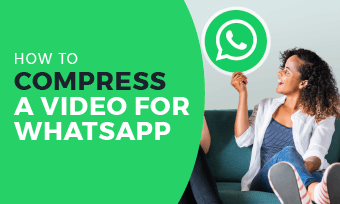Unlike traditional essays, video essays combine visuals, audio, text to analyze or explain a certain topic. Educators use it to break down complex subjects so that students can perform better in classes. Students use it to apply for college. Content creators use this type of video to influence public opinion or raise awareness about important issues.
Video essays are more common than you thought. Also, you don’t even need fancy video editing software or invest a large sum of money to create one. In the following parts, we will be showing you one easiest and most effective ways to a satisfying video essay.
Video Essay Examples
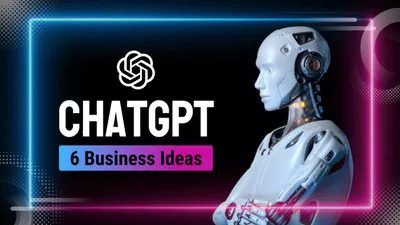
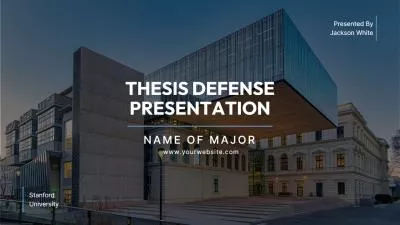
Part 1. The Video Essay Maker We Need
AI tools are changing the way we live, and AI video editors are making video essay creation easier than ever! FlexClip is one of them. It can automatically generate a video essay based on the prompt or essay text you enter.
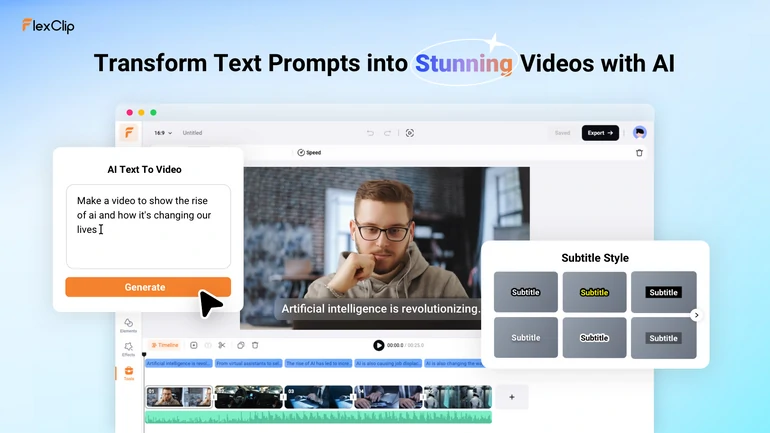
FlexClip Text to Video Overview
Here are more FlexClip can help out:
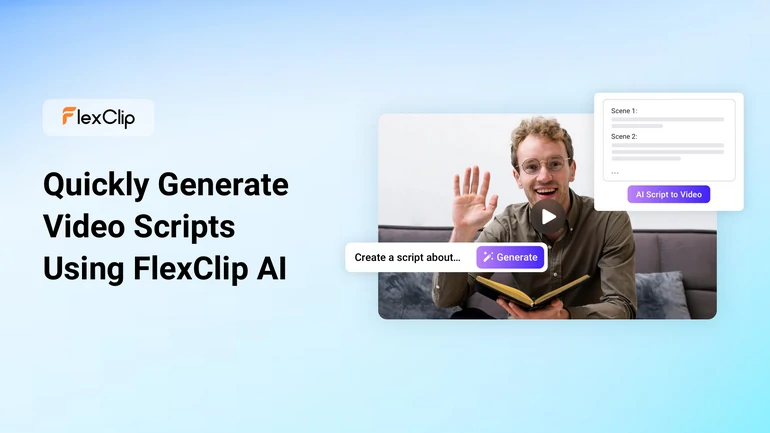
FlexClip Script Writer Overview
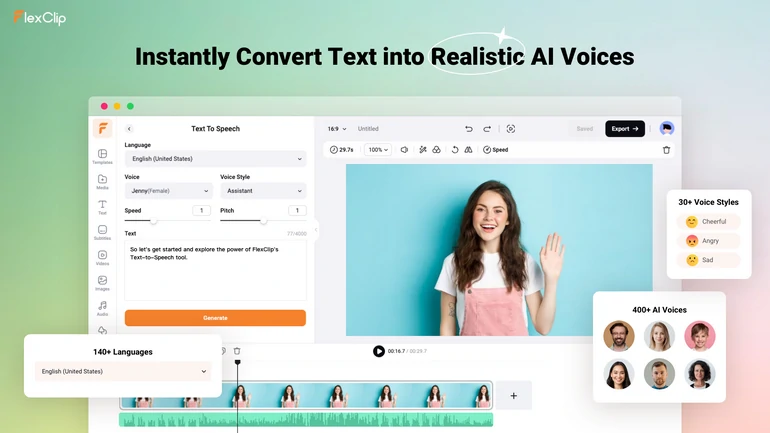
FlexClip Text to Speech Overview
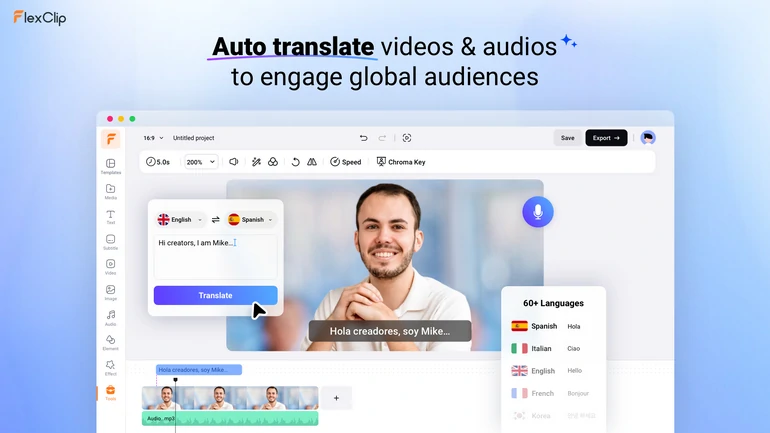
FlexClip Video Translate Overview


5 Easy Steps to Make a Video Essay
If you are at FlexClip’s editing page, you are only 5 steps away from a satisfying video essay. Let’s get started now!
Step 1. Preparation
Getting organized always makes you more effective, the same applies to video essay creation. You need to put all media resources like music, photos, video clips in one folder.
Do remember to summarize your text essay into a bullet list. Anyway, video essays are not all about details, but about making ideas more digestible.
Next up, visit FlexClip’s media section, click on the Upload files button, and follow the prompt to upload all photos, videos, music from a local folder, cloud services, and mobile device needed for video essay creation.
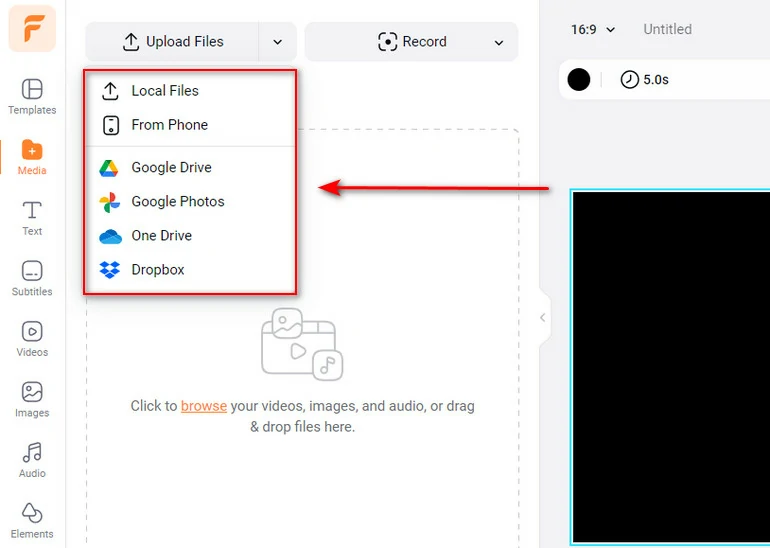
Upload Resources to FlexClip
Step 2. Generate a Video Essay Draft
Once you input your text essay, FlexClip can understand the content, match the content with resources from the stock library, and then use them to create a slideshow. AI will add transitions and filters to those media resources to make everything go smoothly.
Go to Tools > AI Video Generator. Here you can enter a prompt to generate a video, or generate videos from an article or URL. Copy the article content or blog URL to FlexClip, select the subtitle style and hit Generate.
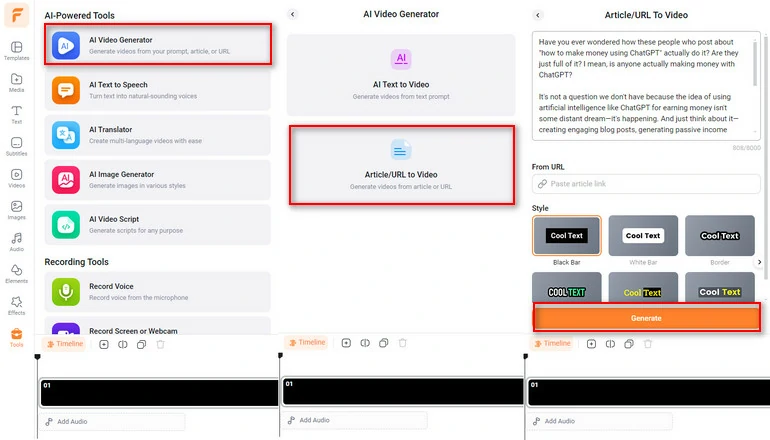
Generate a Video with Text
FlexClip will automatically find the key sentences from the article and match them with media resources. You can deselect or re-select the key sentences, replace the resources, adjust the duration, even manually edit the subtitle content. Hit Add to Timeline to confirm all changes.
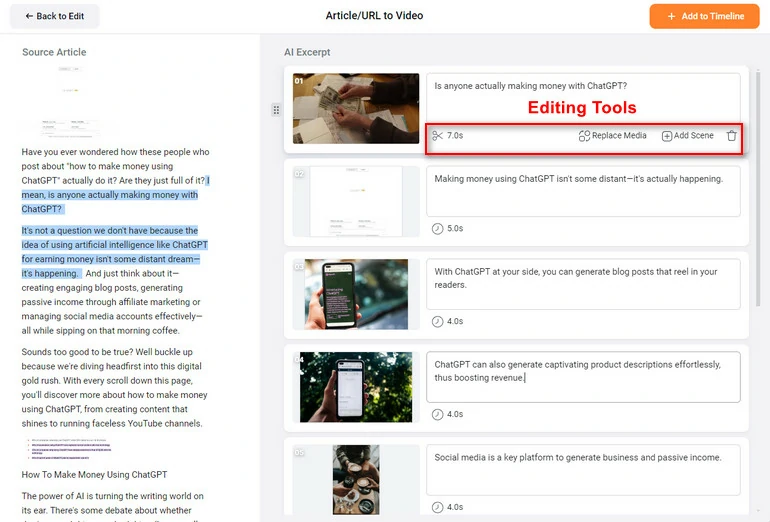
Finish Video Essay Draft
Step 3. Edit the Video Essay
As we mentioned earlier, the AI text-to-video tool only creates a draft video essay. To make your video essay outstanding, you have to make some manual edits. Here are some ideas to edit your video essay.
Click on any item on the scene, all available editing tools will pop up above the preview window. The most frequently used tools include cropping, speed changer, filters, chroma key.
Instead, move to the text section to add more information, find the right background music to replace, or go to the Elements section to enrich your video essay with stickers, interesting GIFs, widgets, etc. All resources are listed on the left-side panel. Feel free to explore.
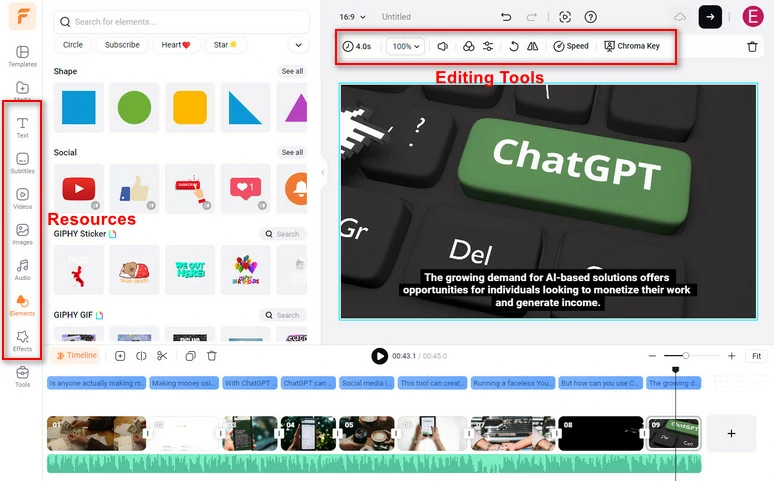
Edit Video Essay
Step 4. Add More AI Touches
Voiceover is an essential part of the video essay. You can record your own voice, but why not grab a cup of coffee and let AI do the job? Select the language, choose a voice, and the voice style you love, set up the speed and pitch, you will soon get a natural AI voiceover.
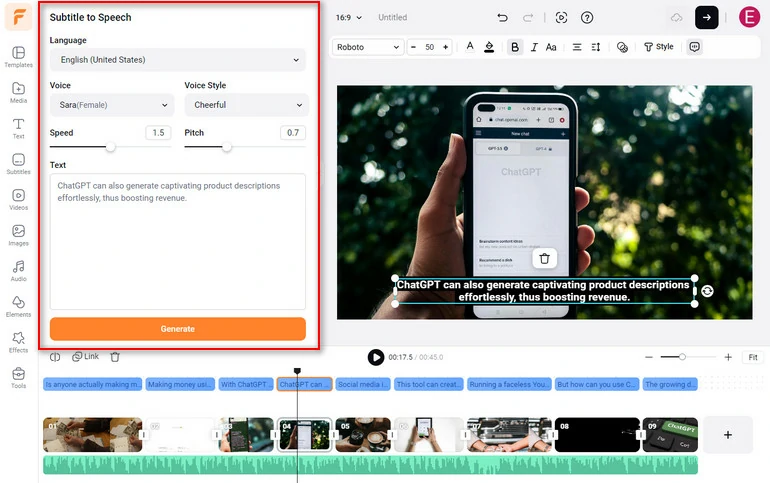
Generate AI Voiceover
Make your video essay go global with authentic translation! FlexClip can help you translate video essay subtitles, translate video audio to audio, and even project text into 60 more languages. Select the target language and let translation begin.
Generate AI Translation
Step 5. Export & Share
Enjoy the ultimate freedom of sharing your video essay at FlexClip. Besides directly downloading to your computer, you can also save the video to cloud services, share the video via a short link, or one-click post to YouTube, TikTok.
Tips for Creating an Excellent Video Essay
Never created one video essay before? Following are 3 must-read tips for making excellent video essays.
The script is the backbone of your video essay. You should pick a nice topic to make sure you have enough potential viewers, and do thorough research so that your script is trustworthy.
Start with a hook to grab your audience’s attention. Use storytelling techniques and concise sentences to keep them engaged throughout the video.
Incorporate relevant and high-quality visuals that complement your script. Use original footage, stock footage, and public domain images where applicable at least in 1080P.
Most people will ignore the sound quality. Invest in a quiet environment and a good microphone to minimize background noise. Also, edit your audio to remove any mistakes and pauses.
Edit your video essay to maintain a good pace and ensure clarity. Avoid long, unbroken segments of talking. Instead, use cuts, transitions, and visual changes to keep the audience engaged. You can also edit the video to the music beat.
Frequently Asked Questions
1. What’s the difference between vlog and video essay?
Vlogs are videos showcasing someone’s daily life. Video essays are more like essays in video form. They are used to convey excellent messages and spread information.
2. Can I monetize my video essays?
Yes, you can monetize your video essay through platforms like YouTube by enabling ads, partner programs, offering premium content. Please refer to the social platform’s monetizing policies and guidelines.
3. How do I write a script for a video essay?
Writing a script for a video essay involves extracting the main points from the essay and making it more like spoken sentences. Please keep in mind that the text should accompany the voiceover.


